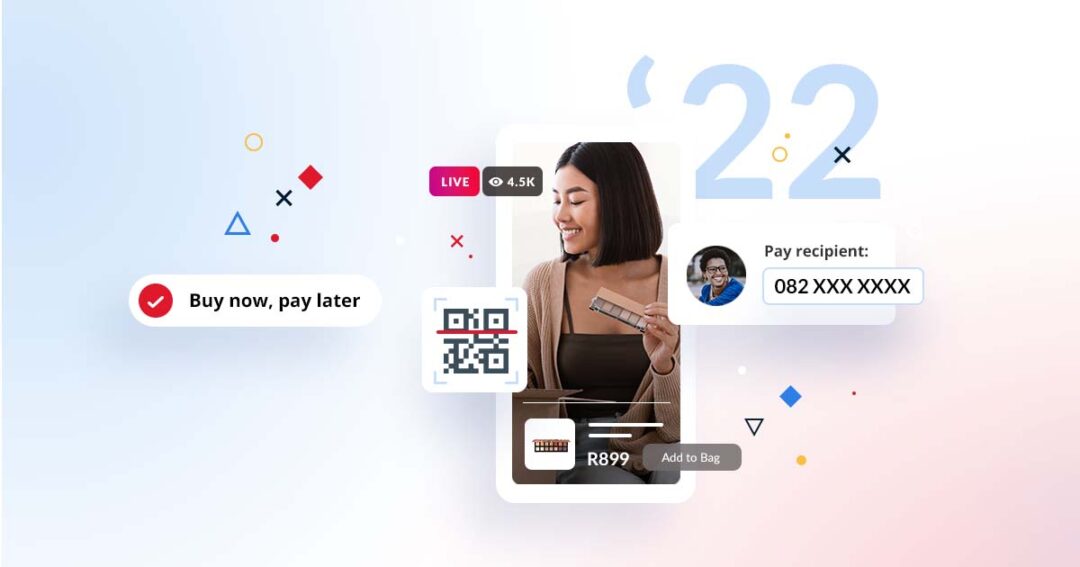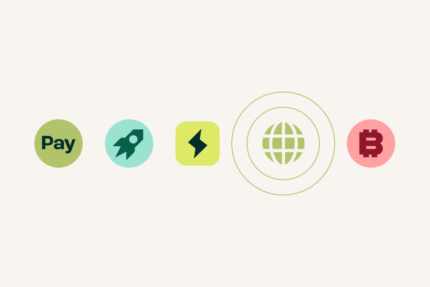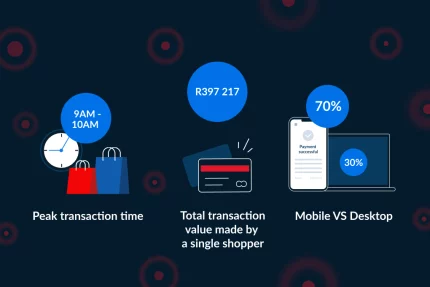Around this time last year, we published a blog predicting which payment trends would emerge in 2021. Looking back we were spot on, with contactless payments, mobile shopping, scan to pay and flexible payment methods reaching new heights over the year. For 2022 we have a few new predictions, which although continue to be shaped by the ongoing COVID-19 pandemic and lockdown shopping behaviours, are also based on the evolving needs of tech-savvy consumers and their expectations when it comes to shopping online. Specifically, their need for personalisation, convenience and flexibility.
Emerging from our latest PayFast Ecommerce Performance (PEP) Index, we believe the theme for 2022 will be frictionless payment processes that minimise the barriers of buying. Specifically, those that promote faster checkouts, as well as inclusion and access to the digital economy. Based on this, we think the following digital payment and ecommerce trends will take hold in 2022:
Buy now pay later
Even though buy now pay later (BNPL) was a trend we picked up last year, this year we expect it to become even more popular among South African consumers. The BNPL model empowers consumers to make immediate large purchases, for example, a television or furniture, and pay it off in equal repayments within a few months – with zero interest.
BNPL has already become a preferred payment method for many younger consumers overseas, and we expect it to gain traction here in South Africa as it eliminates the need for credit. Within two months of the launch of our BNPL payment method MoreTyme by TymeBank, there were already more than 600 online stores offering the payment method at checkout. And we expect this payment method to become even more popular over the coming months.
Direct-to-consumer commerce
An interesting phenomenon to come out of lockdown was the increase in direct-to-consumer sales via the businesses’ own websites. This was especially evident with third-party distributors like restaurants specialising in alcohol sales, which were restricted. This presented a great opportunity for such businesses to develop and nurture one-on-one relationships with their consumers. On the flip side, this created an authentic connection between the customer and company, which arose from making purchases directly from a brand they support. Moving forward, we expect more businesses to leverage social media channels and micro-targeted campaigns to promote and nourish these brand-to-consumer relationships.
Live selling & live shopping
Another trend to look out for is the growing popularity of live selling and live shopping. Kind of like a modern-day version of infomercials, this new trend involves the use of live streaming platforms, like Facebook and YouTube, through which online store representatives or influencers demonstrate how their products work with the goal of selling their goods to interested viewers then and there. This has proven to be an effective way of gaining new followers and customers as it creates an authentic and personal connection, which modern consumers thrive on. And we also can’t forget that the majority of online users – of all ages, prefer visual content over reading. So a visual demonstration of your product will gain more interest compared to a written description of it.
Rapid Payments Programme
The Rapid Payments Programme (RPP) is something that we’re pretty excited about. First announced in 2018 by BankservAfrica and currently in development at South African banks, this next-generation mobile-friendly banking concept aims to provide online shoppers with the ability to make instant payments using simple identifiers, such as a mobile phone number or an email address. The programme is designed to work across banks, and increase access to digital payments for the un- and underbanked, who have traditionally relied on cash as their primary payment method. Over the next year, it’ll be interesting to see the RPP coming into effect and how it builds towards a cashless society.
Contactless payments and digital wallets
Last year, PayFast saw a 178% increase in QR code payments, which made up 3.5% of all transactions on the system, which is a significant increase from previous years. This was a direct result of the pandemic, as shoppers have become comfortable using non-contact payment methods in-store, which has resulted in accelerated usage of payment methods such as scan-to-pay and digital wallets for online shopping. Moving forward, we expect to see more platforms introducing a direct link between your digital wallet and bank account that will further streamline peer-to-peer payments and digital purchases.
While these are the five biggest trends we see making an impact over the next year, it’ll also be interesting to see whether the uptake of cryptocurrencies and the rising trend of non-fungible tokens (NFTs) will become more mainstream and accepted for a wider array of online digital transactions.
Let us know on our social media channels whether you agree with these trends or believe others will have more of an impact over the coming year.
To stay connected follow us on Instagram, Twitter, LinkedIn or Facebook.




